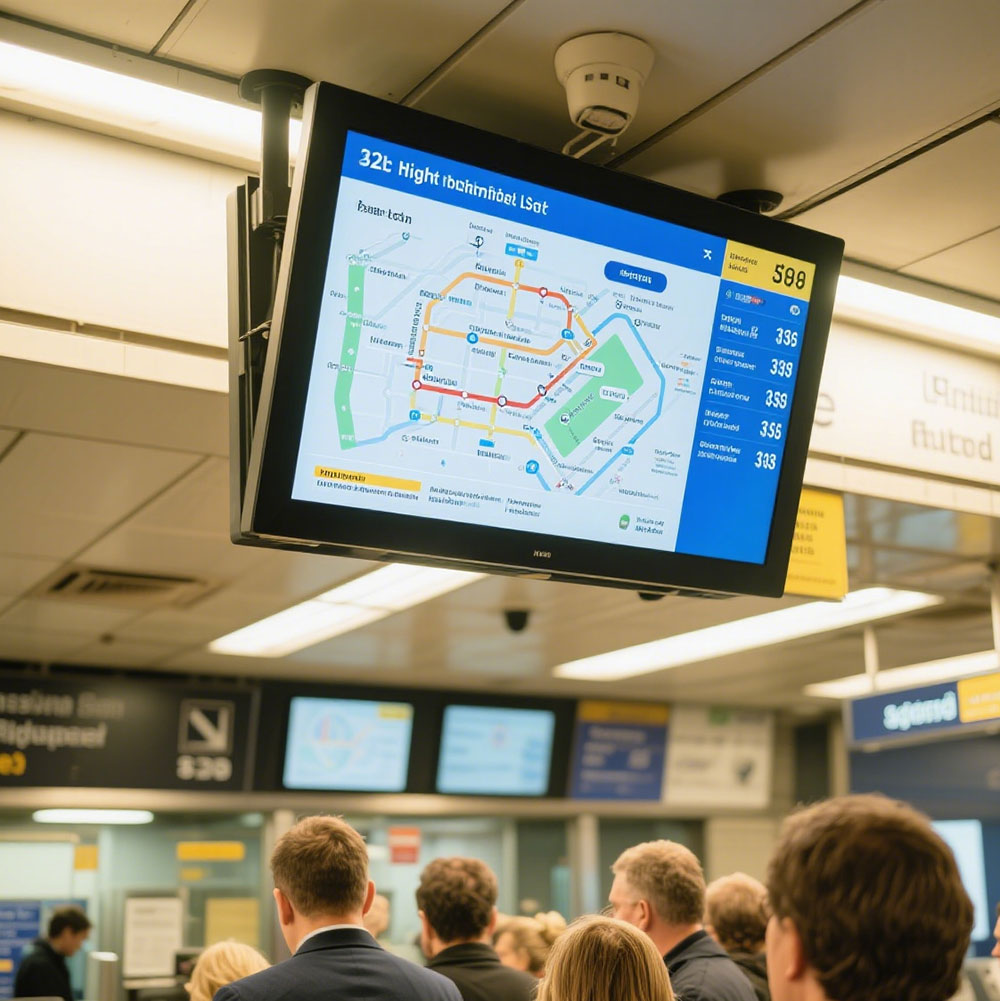In today’s increasingly mobile and outdoor-centric world, the demand for sunlight-readable high-brightness LCD displays is growing rapidly—especially in industries such as defense, transportation, industrial automation, and medical devices. These screens must perform flawlessly under extreme lighting conditions, from direct sunlight to low-light indoor settings. A well-designed high-brightness LCD not only ensures visibility but also enhances operational safety and user experience.
The foundation of a sunlight-readable display lies in achieving a minimum brightness of 5000 nits, often exceeding 10,000 nits in military-grade applications (per MIL-STD-3009). This level of brightness far surpasses standard consumer displays (typically 500–1000 nits), allowing the screen to remain legible even under direct solar irradiance. Key technologies enabling this performance include high-efficiency LED backlights, advanced optical bonding techniques, and anti-reflective coatings. For instance, using an optically bonded panel with laminated polarizers and AR-coated glass can reduce surface reflections by up to 90%, making the display readable in full sunlight without glare.

Moreover, manufacturers must consider environmental durability. Industrial-grade LCDs often incorporate IP65 or higher sealing ratings, wide operating temperature ranges (-30°C to +70°C), and shock/vibration resistance. These features are critical for deployment in vehicles, construction sites, and maritime environments where exposure to dust, moisture, and mechanical stress is common.
From a design perspective, modern high-brightness LCDs leverage adaptive brightness control algorithms that adjust luminance based on ambient light sensors—a feature commonly found in automotive infotainment systems and outdoor kiosks. This not only improves readability but also extends backlight life and reduces power consumption. Additionally, OLED and Mini-LED technologies are emerging as alternatives to traditional LCDs, offering superior contrast ratios and localized dimming for even better outdoor visibility.
Case studies from real-world deployments confirm these principles. For example, a U.S. Army field communication device equipped with a 7000-nit sunlight-readable LCD maintained 100% operability during desert missions under 100,000 lux of sunlight, outperforming earlier models with only 2000-nit panels. Similarly, a Japanese railway operator reported a 40% reduction in driver errors after replacing standard LCDs with 8000-nit displays in train cabs.
In conclusion, designing effective sunlight-readable high-brightness LCDs requires a multidisciplinary approach combining optical engineering, materials science, and rigorous environmental testing. As global markets expand into harsher climates and more demanding use cases, these displays will continue to evolve—driven by standards like MIL-STD-3009, IEC 60068, and ISO 16750—to meet rising expectations for reliability, clarity, and efficiency.







